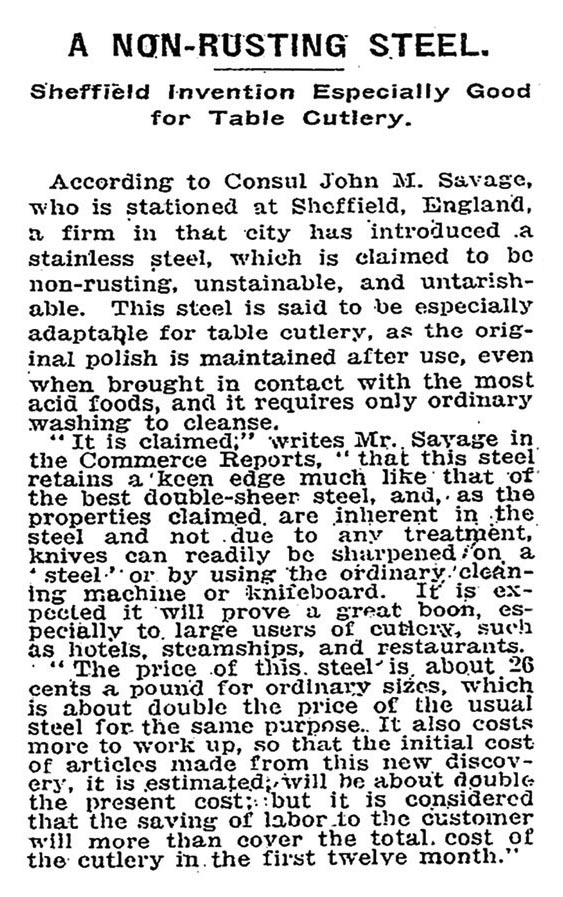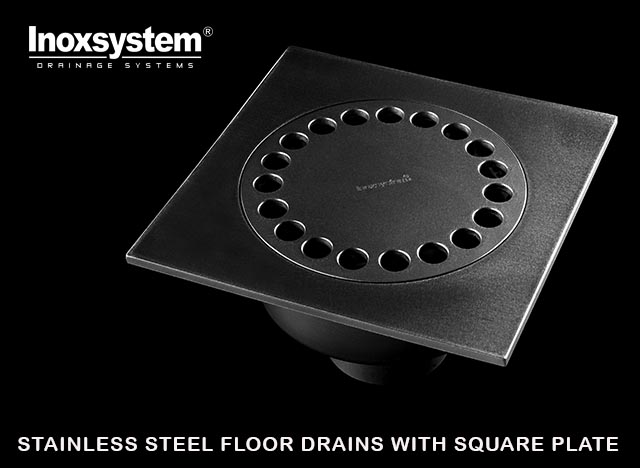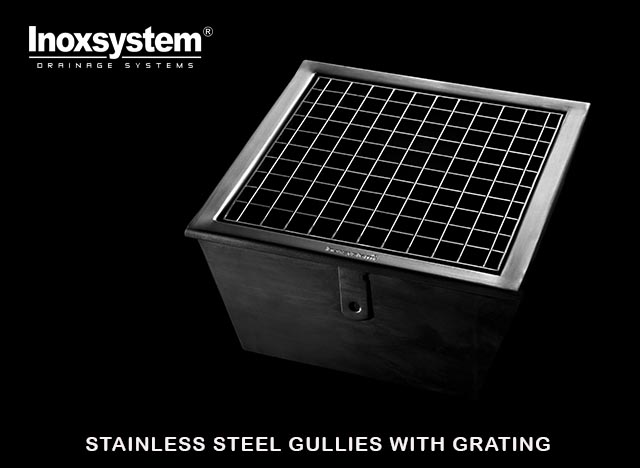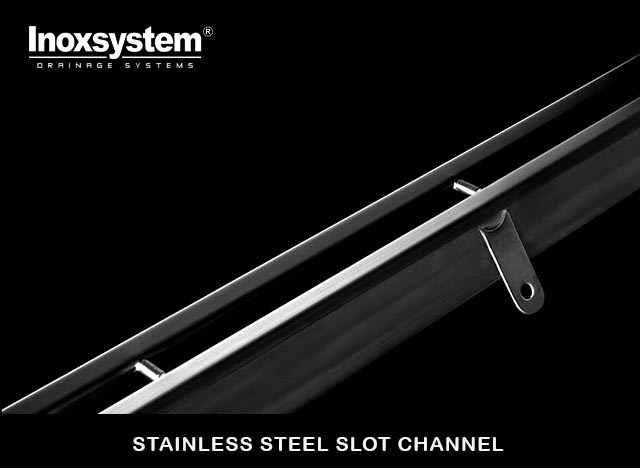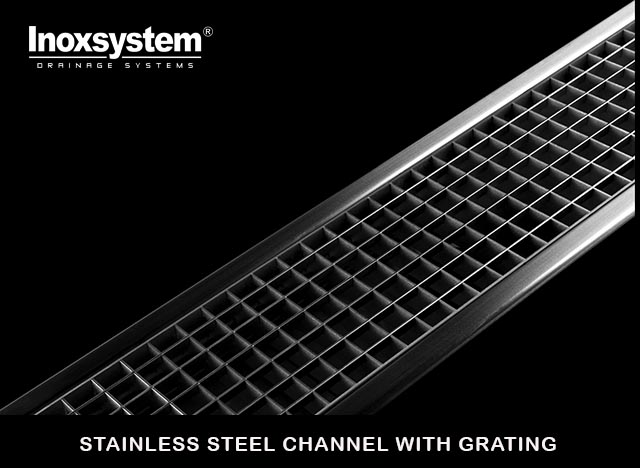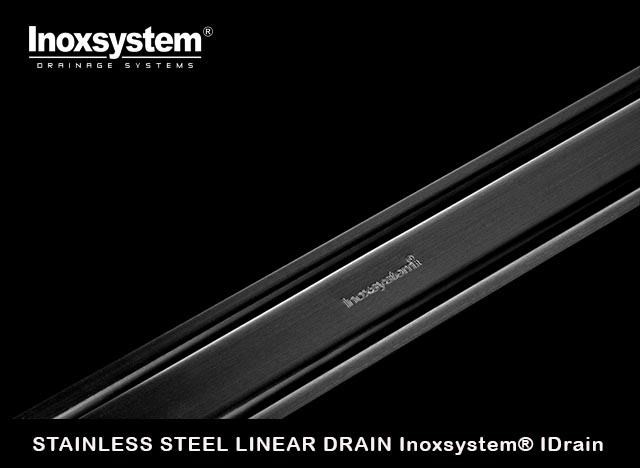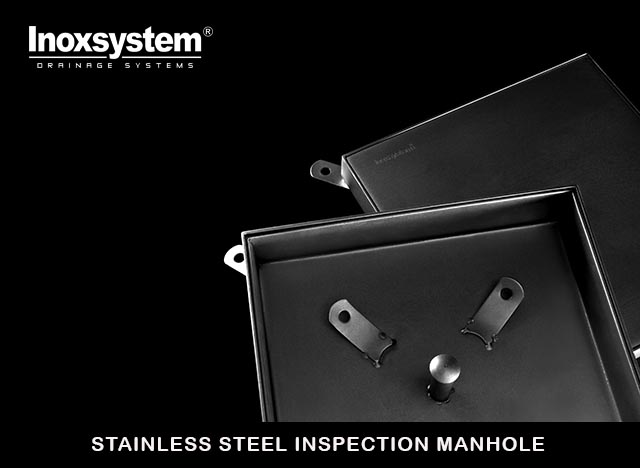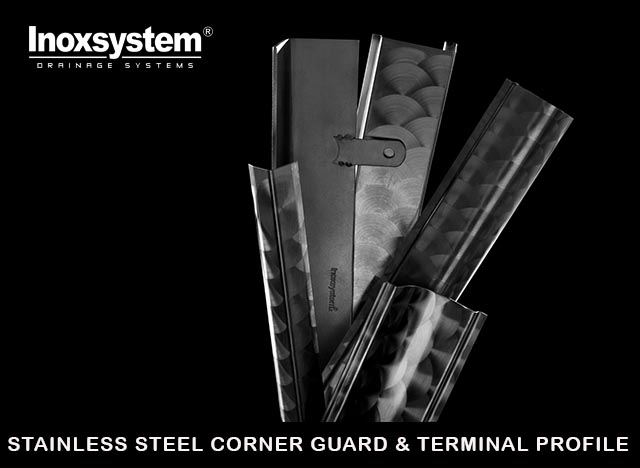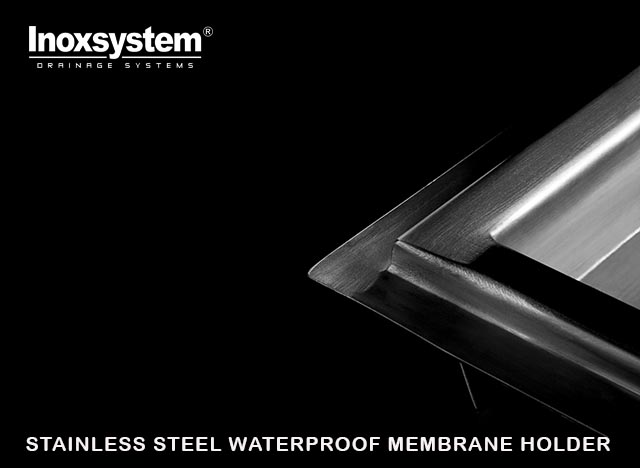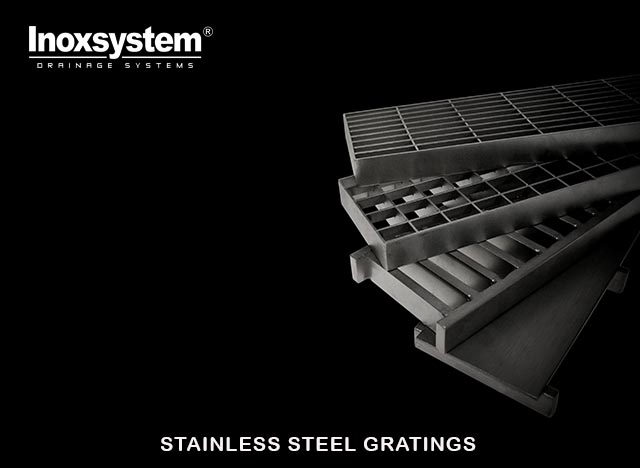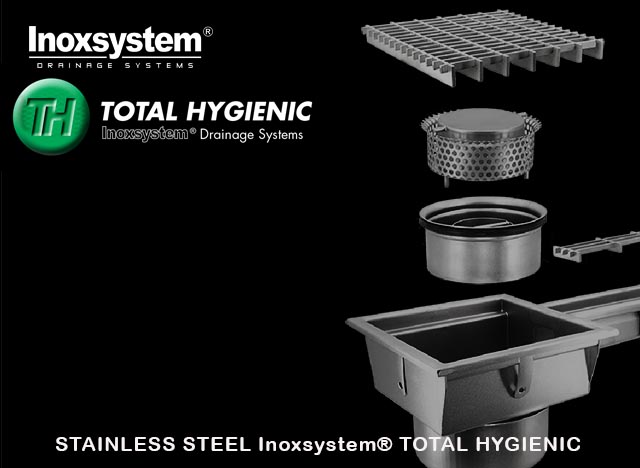Select the catalog page:
Page 40: Inoxsystem® certified
WE ARE ISO 9001 CERTIFIED
The quality management system of INOXSYSTEM® is in compliance with the standard ISO 9001 for the following fields of activities
DESIGN AND MANUFACTURE OF STAINLESS STEEL DRAINAGE SYSTEMS AND MANHOLE COVERS USED BY PEDESTRIANS AND VEHICLES IN CIVIL AND INDUSTRIAL TRAFFIC AREAS. DESIGN AND MANUFACTURE OF STAINLESS STEEL FINISHING AND DECORATIVE ACCESSORIES FOR BUILDING WORKS IN CIVIL AND INDUSTRIAL AREAS.
ISO 9001
is defined as the international standard that specifies requirements
for a quality management system (QMS).
Organizations use the standard to demonstrate
the ability to consistently provide products and services
that meet customer and regulatory requirements.
is defined as the international standard that specifies requirements
for a quality management system (QMS).
Organizations use the standard to demonstrate
the ability to consistently provide products and services
that meet customer and regulatory requirements.
STAINLESS STEEL GRADE 304 AND 316
All stainless steels have two characteristics in common - they contain chromium and possess resistance to corrosion. This remarkable immunity to attack is conferred by the naturally occurring chromium-rich oxide film which is always present on the surface of the stainless steel. If the oxide film is removed or damaged by abrasion, or if the raw metal surface is exposed by cutting the steel, a new film is immediately formed by reaction between the steel and the atmosphere or other sources of oxygen. Protection is instantaneously re-established, and it is therefore possible to choose a steel which is quite unaffected even by aggressive marine atmospheres, many acids, alkalis and other chemicals.
History - Development of stainless steel in the First World War
The discovery of stainless steel is due to the British Woods and Clark who, in 1872, patented an iron alloy containing 35% by weight of chromium and resistant to acids. Industrialization, however, took place only years later when in 1913 Harry Brearley (pictured), experimenting with steels for firearms, discovered that one of his steel specimen with 13-14% of chromium and with a carbon content relatively high (0.25%) did not rust when exposed to the atmosphere. The first mention of this technological progress dates back to 1915 and is found in an article in the New York Times about the use of this class of steel for cutlery, praising its resistance to corrosion even in contact with the organic acids contained in foods. The subsequent progress of metallurgy between the forties and sixties of the 20th century increased stainless steels development and their applications but it was only at the beginning of 2000, initially in Europe, that their hygienic and anti-bacterial properties were discovered and stainless steel was first used where hygienic performance is essentials, such as in floor drainage. Stainless steel drainage systems find nowadays their application in many sectors, especially in the food industry (professional kitchens, slaughterhouses, dairies, wineries, breweries, mineral water plants, bakeries, ice cream parlors), pharmaceutical industry but also for civil use, thanks the resistance, durability and aesthetic finish of this material. Steel drainage systems respond efficiently and effectively to current international health and safety regulations.
-
* Dimensions can be modified on request.
-
* These technical drawings are property of INOXSYSTEM
® and cannot be copied or reproduced without our prior written permission.


















